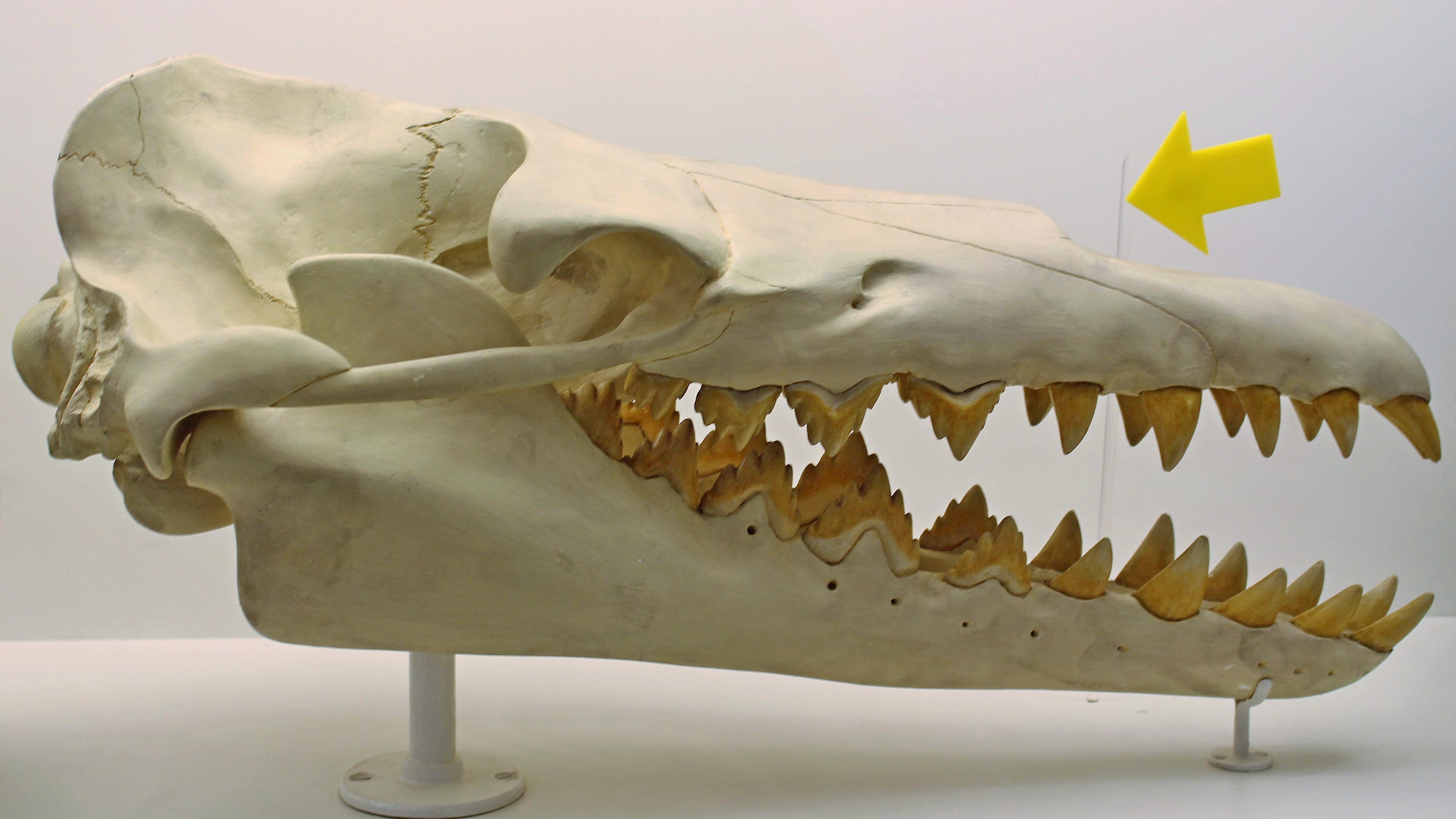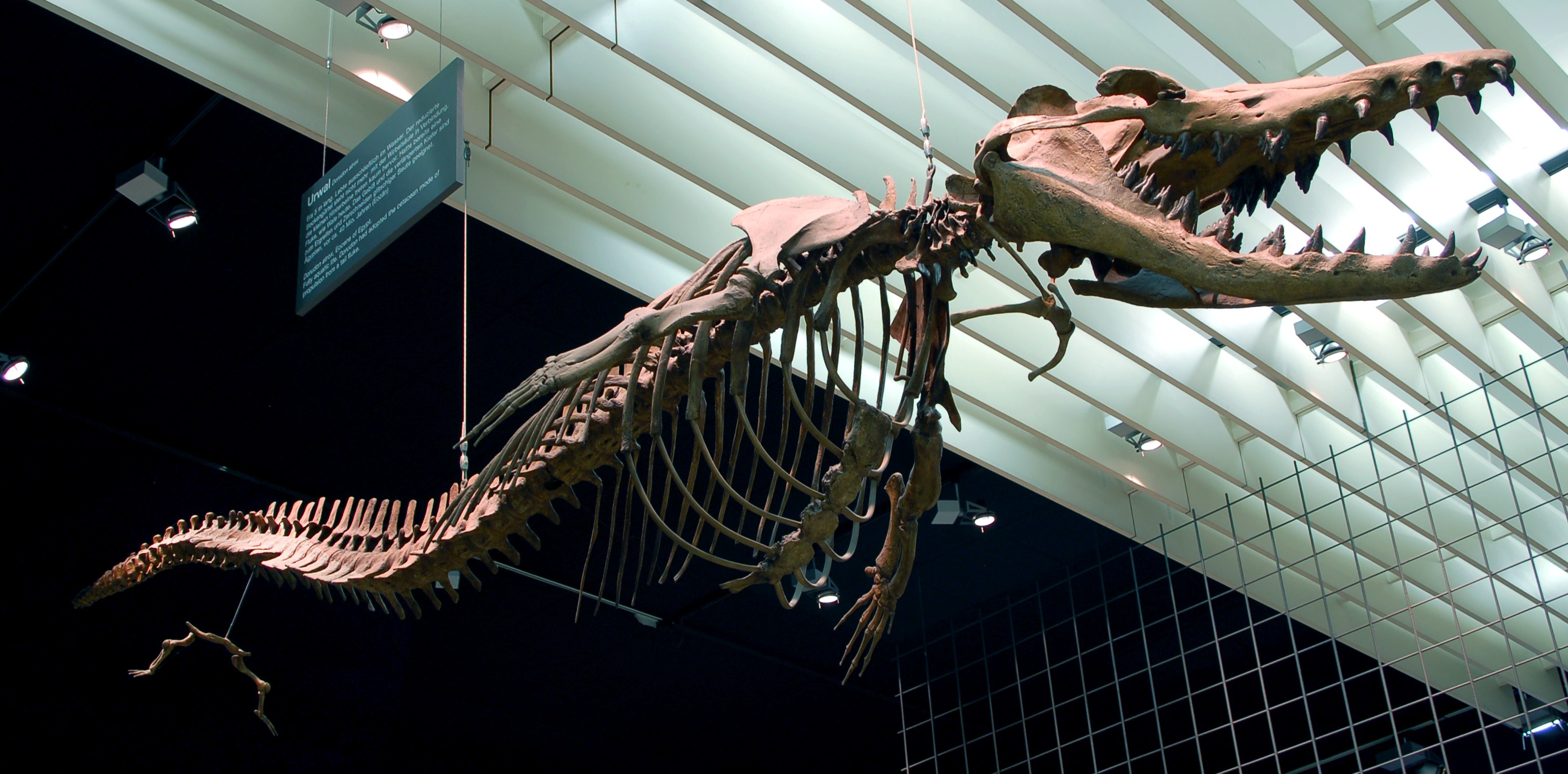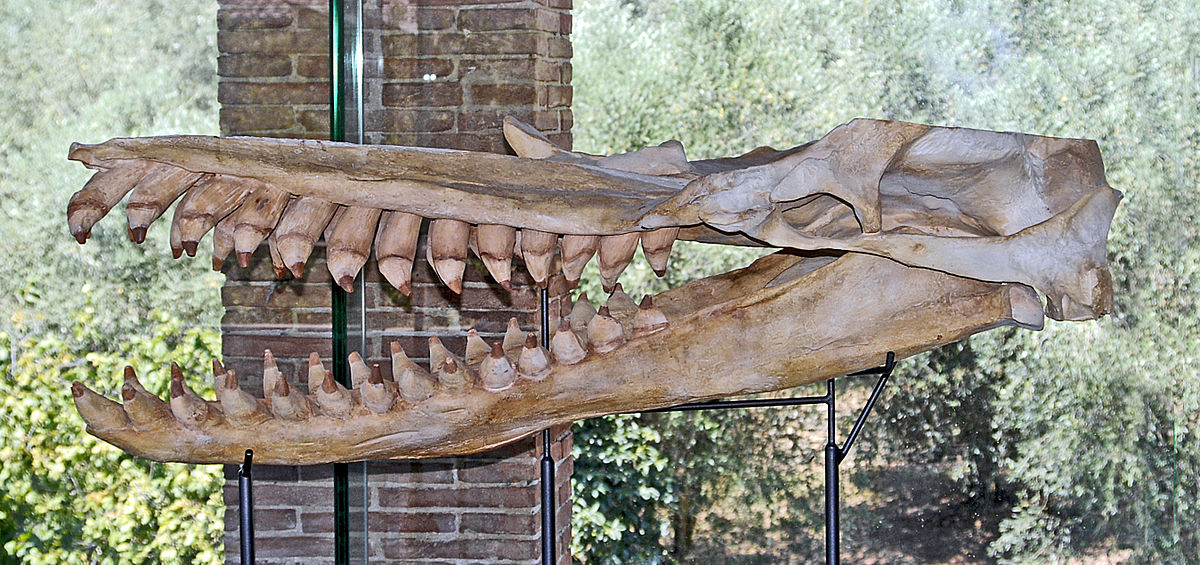Whales are a diverse and fascinating group of marine mammals that evolved from land-dwelling ancestors. The evolution of whales is an interesting subject that took place over millions of years and involved many adaptations to an aquatic lifestyle, such as a streamlined body, flippers instead of legs, and a blowhole for breathing at the surface of the water.
The first whales evolved from small, land-dwelling mammals about 50 million years ago, and over time, they diversified into many different species. Some of these whale species are now extinct.
You are reading: 5 Extinct Types Of Whales
In this article, we will explore five extinct types of whales, including their characteristics, habitats, and reasons for extinction.

5 Extinct Types Of Whales
Basilosauridae

Basilosauridae is a family of extinct cetaceans that lived from the middle to early late Eocene epoch. They are usually referred to as archaeocetes, the ancient whales, but in modern classifications, they are members of the Pelagiceti, the fully aquatic whales. Basilosaurids ranged in size from 4 to 25 meters (13 to 82 feet) and were fairly similar to modern cetaceans in overall body form and function.
They had flukes similar to those of modern whales, but they differed from living whales in having triangle-shaped teeth, small hind limbs, and an elongated body with an extended tail.
Basilosaurids had well-developed accessory denticles on their teeth, and their hind limbs were greatly reduced and lacked a bony connection to the vertebral column.
The family includes 11 species, and the genera are separated into four subfamilies: Dorudontinae, Basilosaurinae, Kekenodontinae, and Stromeriinae.
Read more : Discover 4 Animals That Prowl Atop Mississippi’s Tallest Mountain
The earliest dorudontines were the earliest basilosaurids, with long vertebrae and long tails. The largest basilosaurids may have been as long as 25 meters (82 feet) . Basilosaurids are now extinct, and the reasons for their extinction are not entirely clear.
Dorudon Atrox

Dorudon Atrox is an extinct species of cetacean mammal that belongs to the Basilosauridae group. It lived during the Eocene epoch and is estimated to have been around 5 meters (approximately 16 feet) in length as an adult, similar in size to the modern beluga.
Dorudon Atrox had a skeletal structure that resembled modern whales, but it retained some features that gave clues about how this group of successful marine mammals evolved from land. It had a fluked tail and tiny hind limbs, and its elbow joint was not mobile, and the “hand” was webbed so that individual fingers would not have been recognizable.
The species was a predator with big sharp teeth, and the fossilized contents of their stomachs show they ate fish. Fossil Dorudon skeletons are usually found curled up in a circle, often with their tails pulled right up over the skulls, suggesting their muscles would have powered the up-and-down swimming motion used by dolphins today.
Dorudon’s nostril position, midway from the nose to the back of the head, would have made it easier to breathe at the water’s surface. Dorudon Atrox is considered a better model for the next stage of whale evolution, and its proportions are closer to those of modern whales.
Zygophyseter Varolai

Zygophyseter Varolai is an extinct species of sperm whale that lived during the Tortonian age of the Late Miocene, approximately 11.2 to 7.6 million years ago. Here are some key facts about this fascinating creature:
– Zygophyseter Varolai is known from a single specimen, an almost complete skeleton discovered in southern Italy by geologist Angelo Varola in the marine lime mudstone of the Pietra Leccese Formation near the city of Lecce.
– It was described in 2006 by geologists Giovanni Bianucci and Walter Landini from the University of Pisa.
– Zygophyseter Varolai was a member of a stem group of fossil macroraptorial sperm whales, which also includes Brygmophyseter, Acrophyseter, and Livyatan.
– The genus name Zygophyseter comes from the Latin word zygomaticus, which emphasizes the elongation of the zygomatic process of the only known species Z.
– Zygophyseter Varolai had buccal exostoses, bony outgrowths in the alveolar ridge in the mouth, which are thought to have increased their bite force.
– Like other raptorials, it had large teeth and a beak, which it used to catch and eat prey.
– Zygophyseter Varolai had the ability to echolocate prey, and it likely hunted in groups.
– The reasons for the extinction of Zygophyseter Varolai are not entirely clear, but it is thought to have been due to changes in the environment or competition with other predators.
Overall, Zygophyseter Varolai was a fascinating and unique species of sperm whale that provides valuable insights into the evolution and behavior of these magnificent creatures.
Squalodontidae
Read more : A Look At 4 Types Of Shark Teeth And Their Unique Features
Squalodontidae is an extinct family of large toothed whales that lived from the Oligocene to the Neogene period. Here are some key facts about this fascinating group:
Characteristics:
– Squalodontids had long, narrow jaws and teeth that varied markedly from one species to another.
– They were relatively large odontocetes, comparable in size to extant mesoplodont whales.
– They had heterodont dentition, meaning that their teeth were different shapes and sizes, which is a characteristic of the most basal platanistoids.
– The premaxillae on their elongated rostrum had large and slightly convex fossae for the air sacs associated with the presence of a melon, indicating the ability for echolocation.
– The teeth of squalodontids resemble those of the archaic whales, Archaeoceti, with conical incisors anteriorly and triangular posterior teeth.
Distribution:
– Squalodontids are known from all continents except Antarctica, from the Oligocene to the Neogene, but they had a maximal diversity and global distribution during the Late Oligocene and Early to Middle Miocene (28 to 15 mya).
– With their cosmopolitan Miocene distribution and heterodont dentition, squalodontids are the most common and basal platanistoids.
Classification:
– Squalodontidae is a family of toothed whales named by Jean-Pierre Sylvestre de Grateloup in 1840.
– The family includes several genera, such as Squalodon, which was named by French naturalist Jean-Pierre Sylvestre de Grateloup in 1840 based on a jaw fragment he thought belonged to a reptile.
– As the type genus of Squalodontidae, Squalodon has become a repository for various squalodontids or even taxa that were once thought to belong to Squalodontidae.
Overall, Squalodontidae is an interesting and diverse group of extinct toothed whales that provides valuable insights into the evolution and behavior of these magnificent creatures.
Mammalodon
Mammalodon is an extinct genus of archaic baleen whale belonging to the family Mammalodontidae. Here are some key facts about this fascinating creature:
Characteristics:
– Mammalodon was a toothed mysticete, meaning it had teeth instead of baleen plates.
– It was smaller and more primitive than modern baleen whales, with a length of 3 meters (9.8 feet).
– Unlike other baleen whales, Mammalodon had a blunt and rounded snout.
– The left maxilla of the specimen NMV P199986 preserved four premolars and three molars, and the space between the teeth (diastema) increased towards the back of the mouth.
– The molars decreased in size back into the mouth, like in archaeocetes, and the bottom jaw had two more molars than the upper jaw.
– Mammalodon had heterodont dentition, meaning that its teeth were different shapes and sizes, which is a characteristic of the most basal platanistoids.
Classification:
– Mammalodon is an extinct genus of archaic baleen whale belonging to the family Mammalodontidae.
– The family Mammalodontidae is known from the Late Oligocene of Australia and New Zealand.
– There are currently two genera in this family: Janjucetus and Mammalodon.
– Mammalodon was, at first, considered to be a member of Archaeoceti, an ancient group of whales, which was evidenced by its apparent ancient features, such as the variety of differently shaped teeth in its jaw (heterodonty) that modern whales lack.
– Mammalodon was first considered to be a baleen whale in a 1982 study despite having no baleen.
Overall, Mammalodon is an interesting and unique species of whale that provides valuable insights into the evolution and behavior of these magnificent creatures.
FAQS
1. What are the five extinct types of whales?
The five extinct types of whales are Basilosauridae, Dorudon Atrox, Zygophyseter Varolai, Squalodontidae, and Mammalodon.
2. When did these extinct whales live?
These extinct whales lived during different periods of time, ranging from the Eocene epoch to the Late Miocene period.
3. What are some characteristics of these extinct whales?
These extinct whales had various characteristics, such as long narrow jaws, triangle-shaped teeth, small hind limbs, and an elongated body with an extended tail.
4. Why did these whales become extinct?
The reasons for the extinction of these whales are not entirely clear, but it is thought to have been due to changes in the environment or competition with other predators.
5. How do these extinct whales compare to modern whales?
These extinct whales had some similarities to modern whales, such as flukes and the ability to echolocate prey, but they also had some differences, such as having teeth instead of baleen plates and a more primitive skeletal structure.
6. What is being done to protect modern whale species?
Organizations like WWF are working to protect modern whale species by promoting the conservation of whales and dolphins around the world, improving monitoring and mitigation of bycatch in fishing gear, reducing underwater noise and collision risks from shipping, and improving protection of critical cetacean habitats used for feeding, breeding, resting, or migration.
Source: https://petstutorial.com
Category: Animals










